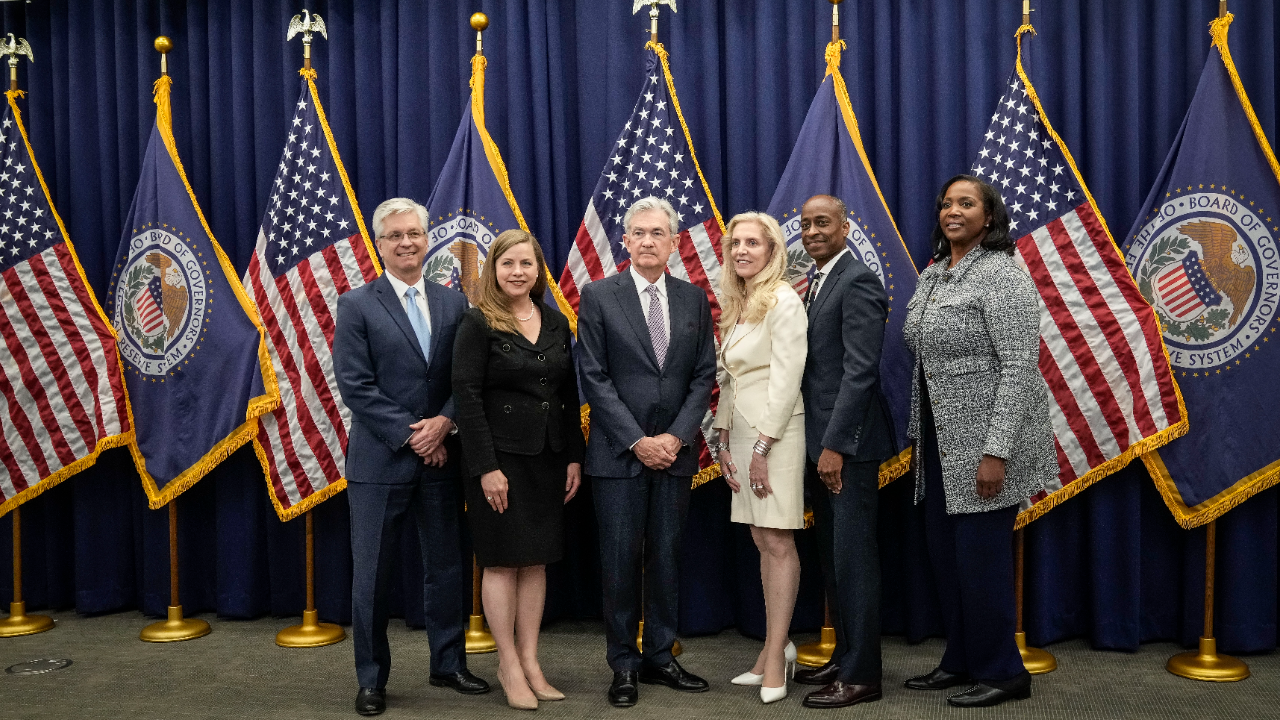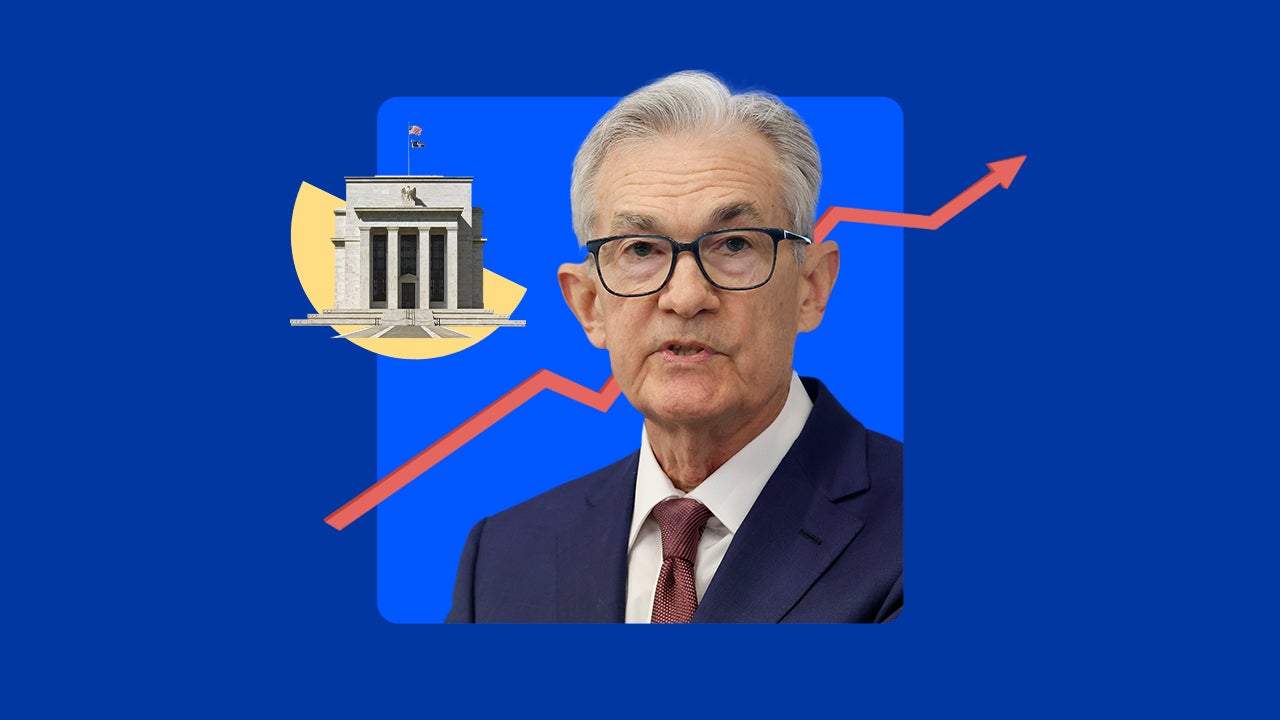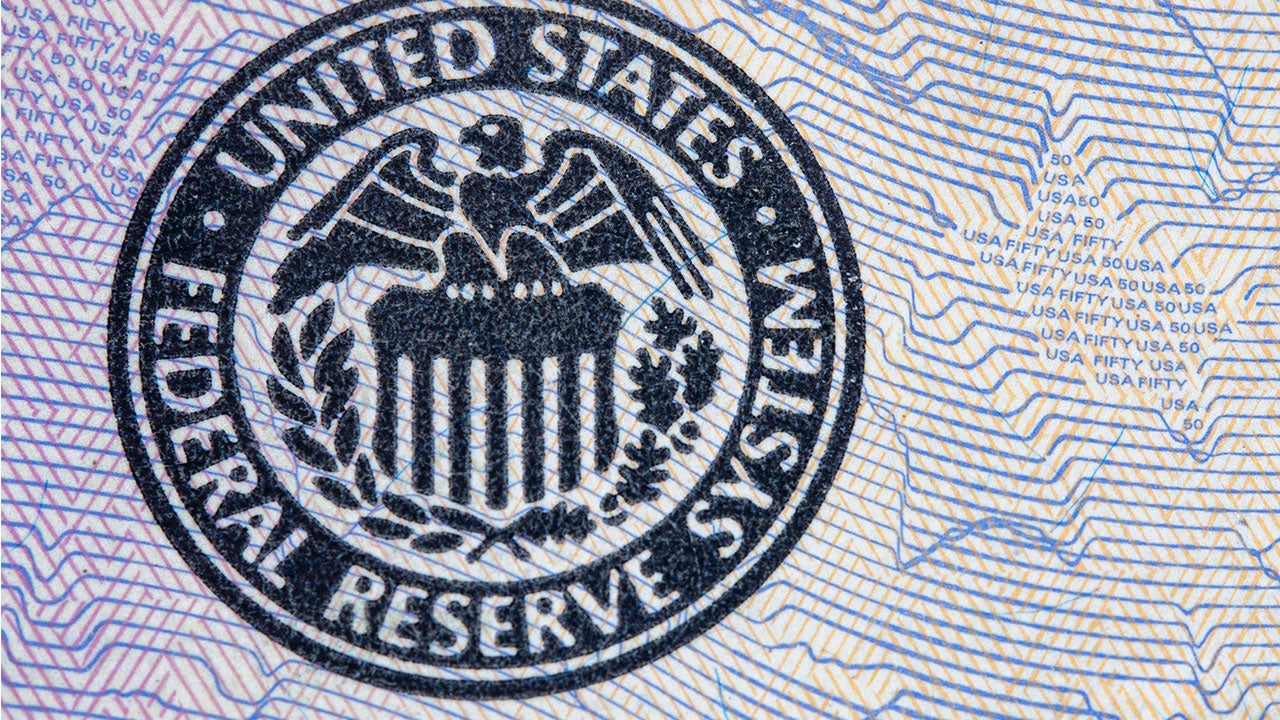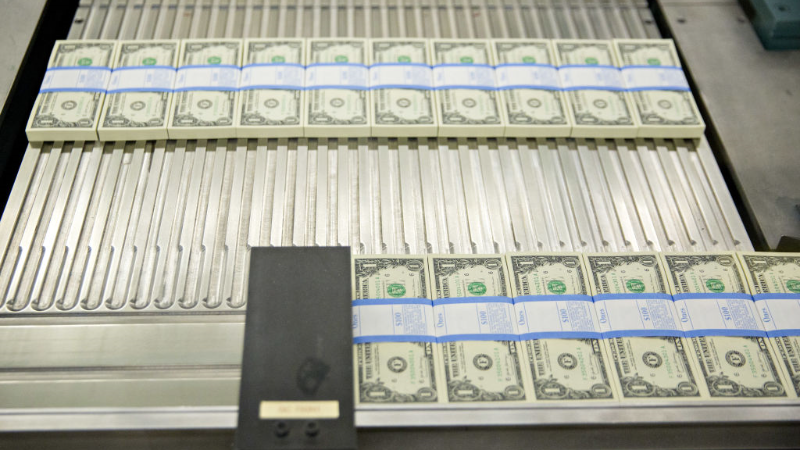Low unemployment or low inflation? The Fed’s dual mandate, explained, and why officials could soon face an impossible choice

If the U.S. economy were a train, the Federal Reserve would be its conductor — and its benchmark interest rate would be the lever that grants the financial system more or less speed to keep it smoothly chugging along through the ups and downs of the business cycle.
But officials have a specific set of measures they look at to determine whether it’s right to raise or lower borrowing costs, all of which influence how much you’re paid to stash away your money in a savings account or a certificate of deposit (CD), as well as how much interest you pay on a credit card or home equity line of credit (HELOC).
Those decisions, however, are rarely easy — especially when addressing one crisis can come at the expense of the other. Such is the main dilemma for Fed officials in 2023, as they battle the highest price pressures in 40 years. Officials are raising interest rates to slow economic growth, even if it means kickstarting a recession and worsening the labor market — something experts are seeing as a likelihood for the year ahead, according to Bankrate’s economists’ survey.
Inflation is the fire that has been ravaging household budgets. The Fed has to put out the fire and can’t hold back because they’re worried about water damage.
— Greg McBride, CFA, Bankrate chief financial analyst
All of the Fed’s policy decisions come down to its “dual mandate.” Here’s everything you need to know about what the Fed watches and why it matters.
What is the Federal Reserve’s dual mandate?
In plain english, the Federal Reserve’s dual mandate refers to its two economic goals: “stable prices” and “maximum employment.” It sounds complicated, but it means the Fed’s main job is ensuring that the prices you pay for goods and services remain relatively steady over time and that everyone who wants a job in the U.S. economy can find one.
The Fed achieves those goals through its key interest rate — the federal funds rate. Lower interest rates are often to combat joblessness, with the act stimulating economic growth. Higher borrowing costs have the opposite effect. They slow down the financial system, reduce demand and weigh on price pressures.
But there are two important points: Stable prices do not equal zero inflation, and maximum employment doesn’t mean zero unemployment. New entrants are popping back into the labor force, while others face seasonal spells of joblessness or “structural” challenges. It’s why you might often hear “maximum employment” used interchangeably with the term “full employment.”
“The Fed wants the unemployment rate to be consistent with what the economy’s potential is, and that’s not zero,” says Eric Sims, economics professor at the University of Notre Dame.
Maximum employment is currently thought of as 4 percent, according to the Fed’s most recent projections from December.
A little bit of inflation, meanwhile, is healthy, reflecting an economy that’s expanding at a solid pace but not overheating. Americans hurt by rising prices in the aftermath of the coronavirus pandemic don’t need to be reminded of the consequences of too-high inflation, though too-little inflation can be equally as disastrous — leading to reduced wages or robbing businesses of the pricing power essential to economic growth.
When did the dual mandate come about?
Congress established the current iteration of the U.S. central bank in the early 1910s in response to a banking panic just a few years earlier. But at the time of the Federal Reserve Act of 1913, most of the Fed’s duties were about being a “lender of last resort,” which the Fed still maintains today.
It wasn’t until legislation in the 1970s rolled along that Congress gave the Fed the framework of what would later be known as a “dual mandate,” through the Federal Reserve Reform Act of 1977 and the Humphrey-Hawkins Act of 1978. That might come as a surprise to some consumers, given just how much the Fed stresses that it decides what to do with interest rates without political interference. But while the Fed’s independence from government is true, it doesn’t mean the Fed is independent of government.
“The Fed is structured to be independent, but its charter comes from Congress, and its mandate comes from Congress,” Sims says. “The Fed has a difficult balancing act to play in the sense that it has to be held accountable but independent.”
When the Humphrey-Hawkins Act was initially passed, lawmakers defined maximum employment as a jobless rate below 3 percent for people 20 years or older. The level at which prices are stable was generally regarded as an inflation rate of 3 percent or less. Today, however, the Fed’s ideas about both of those thresholds have changed over time, amid ongoing research and changes in the labor market.
The Fed specifically adopted a 2 percent inflation target in 2012 following the global financial crisis, basing it on year-over-year changes in the personal consumption expenditures (PCE) price index, rather than the consumer price index (CPI), though it keeps both measures in mind.
That 2 percent rate is often called the goldilocks rate, the not-too-hot, not-too-cold point at which price pressures don’t cause consumer purchasing power to diminish yet don’t prompt a deflationary spiral either.
Why does the Fed care about unemployment and inflation?
Both inflation and unemployment have massive implications for your wallet. When unemployment is low, it means it will likely be easier for you to find a job. And if inflation is too high, the dollars in your wallet won’t go as far as they once did, diminishing your purchasing power.
Yet, other corners of the economy still matter to Fed officials. U.S. central bankers keep a close eye on pretty much every economic measure out there, from manufacturing and real estate, to financial market stability and consumer spending. But economists could argue that inflation and employment are the overarching economic figures that influence virtually every other aspect of the financial system.
“Things like household income, different subcategories of spending, employment in particular sectors or behaviors of asset markets or financial markets — these are encapsulated in those high-level statistics that are easily communicable,” Sims says. “Having your targets be headline numbers that are relatively easy for rank-and-file workers to understand is important because it’s important for policy to be communicable.”
Theory also suggests that both unemployment and inflation go hand in hand. If unemployment is low, employers might have trouble finding enough qualified workers to fill open positions. They then might start to boost wages to recruit more workers and retain their employees. Those outcomes could then boost price pressures, causing inflation to rise.
But when unemployment is high, wages tend to fall and the labor market comes to a near-grinding halt. That causes consumer spending to plummet, which all leads to low inflation. This essentially makes up the economic model known as “the Phillips curve.”
Research also suggests that the Fed’s benchmark interest rate has a direct correlation to inflation in the broader economy. It thus makes sense for officials to want to target an economic outcome it can directly influence, leaving the other, more specific measures up for fiscal policy.
How does the Fed juggle both goals?
Few economic environments illustrate just how difficult it can be for the Fed to juggle those two goals — and justify how they’re handling them — than today’s burst of high inflation. You might as well call the Fed’s dual mandate a dueling mandate.
Price pressures surged to 8.5 percent, the highest since 1981, by the time the Fed intervened. Officials in March 2022 raised interest rates for the first time since 2018, then followed up that move with the sharpest rate hikes in more than 20 years. But high inflation didn’t make the Fed’s policy path an easy choice. People have still disagreed — and some of those critiques have come from high-profile lawmakers.
“There is nothing in raising the interest rates, nothing in Jerome Powell’s tool bag, that deals directly with those,” said Sen. Elizabeth Warren (a Democrat from Massachusetts) in an August interview with CNN, referring to the pandemic-related supply shocks that exacerbated inflation and the Fed’s inability to influence them. “I’m very worried that the Fed is going to tip the economy into recession.”
Her comments highlight just how challenging it can be to set interest rates for the world’s largest economy. The Fed’s course of action is never black and white, and both sides of the Fed’s mandate contradict each other.
Macroeconomic theory suggests unemployment and inflation have an inverse relationship. When one is high, the other is often low. Booming demand can spur businesses to keep hiring and investing, reducing joblessness. But tight labor markets lift wages, which in turn often filter through to higher prices. On the other hand, higher unemployment can weigh on prices. When Americans aren’t out of work, they often have minimal demand for new products and services.
Interest rates can have a similar reverse effect on the economy. Low rates can create the economic growth that fuels inflation. Higher rates may cool price pressures, but they can lead to more unemployment as businesses delay hiring and consumers slow consumption.
Policymakers at the U.S. central bank are often seen as having their own mandate-related bias. Doves, for example, worry about too much unemployment. Hawks, on the flip side, are more concerned about too much inflation.
To be sure, the Fed has had just as heavy of a focus on the unemployment side of its mandate. Below-average periods of inflation before the pandemic led Fed officials to announce in 2020 changes to the way they set policy. Essentially, officials wanted to keep interest rates lower for longer to avoid raising rates too soon and keeping more people out of work. Experts, however, say it was another factor that led to higher inflation in the aftermath of the pandemic — and even Fed Chair Jerome Powell has said he wouldn’t give that guidance again.
“They were asleep at the switch when inflation started taking off in 2021,” McBride says. “It isn’t that they have a single mandate but one definitely takes precedence over the other.”
Bottom line
Everyone cares about how much they can buy with the dollars in their wallet. And you arguably wouldn’t have that money if you didn’t produce a good or service for pay. All of this shows just how important an economy with stable prices and maximum employment is.
It also comes with broader implications for the economy, which can affect your wallet even more. Too-high interest rates may cool inflation, but they also risk slowing the economy down more than needed and leaving more people out of work for longer. But keeping interest rates too low for too long could risk creating an asset bubble that leads to imbalances in the financial system, causing a crash or the economy to overheat.
The uncertain economic environment underscores the importance of preparing your finances for a recession — predominantly by eliminating expenses and paying down debt, so you can save more for emergencies.
“If they don’t tame inflation it will become a drag on the economy for a much longer period of time,” McBride says. “The Fed doesn’t say it explicitly, but they’re okay with a recession if that is what is necessary to tame inflation.”







